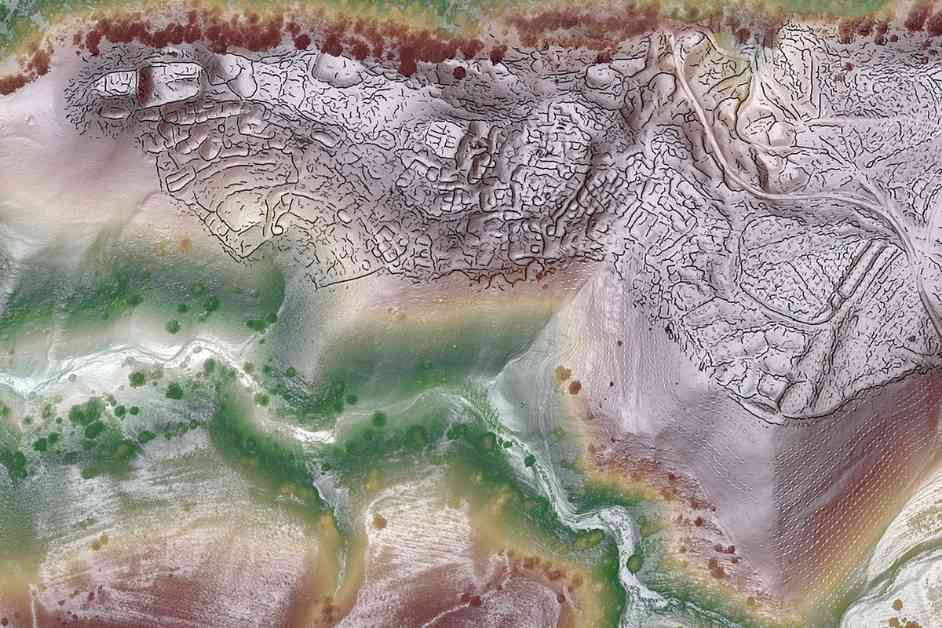Hidden in the towering mountains of Central Asia, along the historic Silk Road, archaeologists have made a groundbreaking discovery of two lost medieval cities that thrived over a thousand years ago. The first city, Tashbulak, was stumbled upon by a team of archaeologists in 2011 during a search for untold history in eastern Uzbekistan. What started as a hike along the riverbed led them to a plateau filled with strange mounds that turned out to be remnants of a 30-acre medieval city, surprising the researchers with its existence in such a challenging environment.
The second city, Tugunbulak, was uncovered in 2015 and was recently described in a study published in Nature. This sprawling city, nearly 300 acres in size, was situated three miles from Tashbulak and was an integral part of the Silk Road trade routes. This discovery has been hailed as remarkable by experts in the field, as it challenges conventional maps of the Silk Road that typically avoid the mountainous regions of Central Asia.
Despite the harsh conditions and limited resources, people inhabited Tashbulak and Tugunbulak from the eighth to 11th centuries C.E. before the settlements were eventually abandoned and left to nature. Through the use of cutting-edge technology like lidar scanning, archaeologists have been able to map out these ancient cities with incredible detail, revealing structures, pathways, and even evidence of metallurgy activities like iron smelting.
The presence of iron ore and dense juniper forests in the mountains suggests that these cities were self-sustaining at high altitudes, with the ability to produce goods for trade along the Silk Road. The discovery of coins from across Uzbekistan further supports the idea that these cities were hubs for commercial activities, attracting caravans and traders from far and wide.
The interconnectedness of highland cities like Tashbulak and Tugunbulak with lowland urban centers challenges previous notions of remote and underdeveloped regions. These findings highlight the fluidity of the Silk Road trading networks, showcasing how even seemingly isolated areas were part of a vast network that spanned across Eurasia.
As ongoing excavations continue to uncover more insights about the daily life, inhabitants, and evolution of these lost cities, archaeologists are faced with a wealth of information waiting to be unearthed. The significance of these discoveries extends beyond historical curiosity, shedding light on the complex interactions and cultural exchanges that shaped the ancient world along the Silk Road.










